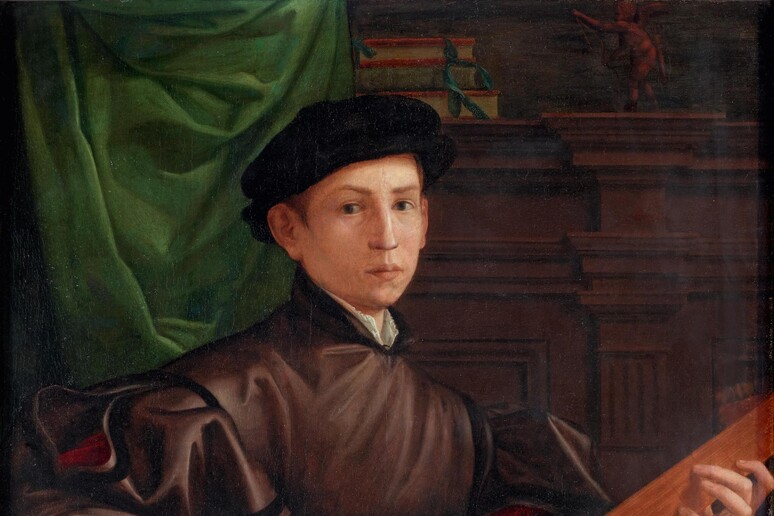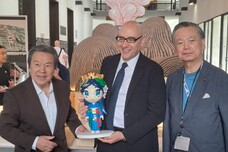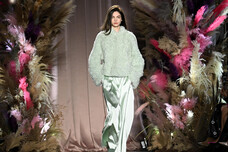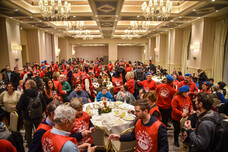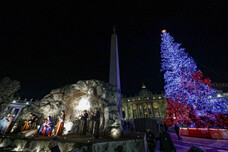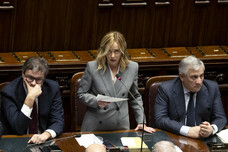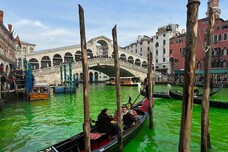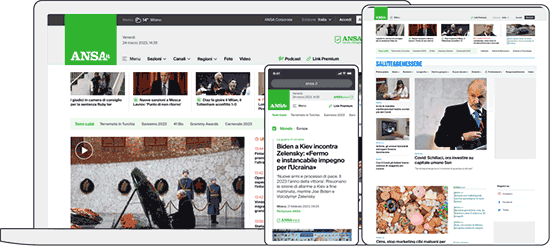(by Chiara Rancati)
A celebration of portraiture
from the Florence of the Medicis, including masters such as
Rosso Fiorentino, Domenico Ghirlandaio, Andrea del Sarto,
Pontormo, and Bronzino, opens Friday and runs through January 25
at Paris' Muséè Jacquemart-André.
"Florence, Portraits at the Court of the Medicis" is an
anthem to the "sophistication full of meaning" of late
Renaissance and Mannerist painting, and to its ability to
capture at the same time the intensity of the faces of prominent
figures of the day and the sparkle of the society in which they
found themselves immersed.
"The strength of the so-called Mannerist language has
marked posterity, particularly when artists express themselves
conceptually, with a sophisticated codified dictionary," said
exhibition curator and Florentine art historian Carlo Falciani.
"Many contemporary artists have found inspiration in works
from the 16th century. For example, Pasolini, in his now-famous
film "La Ricotta" (Curd Cheese, 1963), or in more recent times
artists like Giulio Paolini, Cindy Sherman and Matthew Barney,
who have favoured the art of portraiture".
The route of the exhibition is immersed in a setting that
mixes shaded colors and impactful graphic elements.
The visitor is accompanied through Florentine history
following the sudden death of Lorenzo the Magnificent, across
the brief Republican phase, and through the principalities of
Alessandro de' Medici, Cosimo I and Francesco, whose daughter
Maria sanctioned the approach between the Tuscan city and France
by marrying King Henry IV.
The portraits of the princes in armor from around 1530 - a
tribute to the military strength with which the Medici pulled
Florence from the republic of Savonarola - give way in following
decades to more peaceful images, celebrations of the pomp of the
court, but also the flowering of art and intellectual life.
This evolution also testifies to the new role assumed by
painters, musicians, and writers in aristocratic circles of the
Medici, which made Florence a symbol of the Renaissance.
The Paris exhibition has benefited from an important
collaboration between Florence museums, from which many of the
works were gathered, as well as prestigious loans from galleries
such as the Royal Collection of London and Frankfurt's Staedel
Museum.
"After numerous studies of the subject, it was time to
offer the public a comprehensive view of portraiture, a genre
that, more than others, allows for an understanding of the
modernity and the artistic complexity of Florence in that
century," Falciani said.
"The look of those men and women who entrusted to art the
task of capturing their image is undoubtedly a privileged point
of view for reflecting on an entire era".
ALL RIGHTS RESERVED © Copyright ANSA
